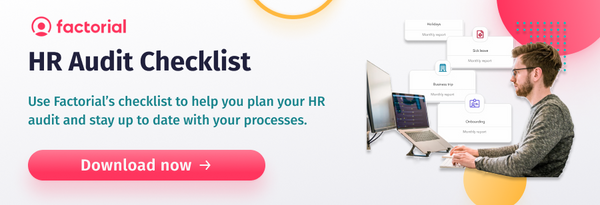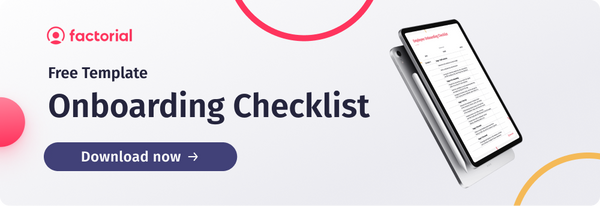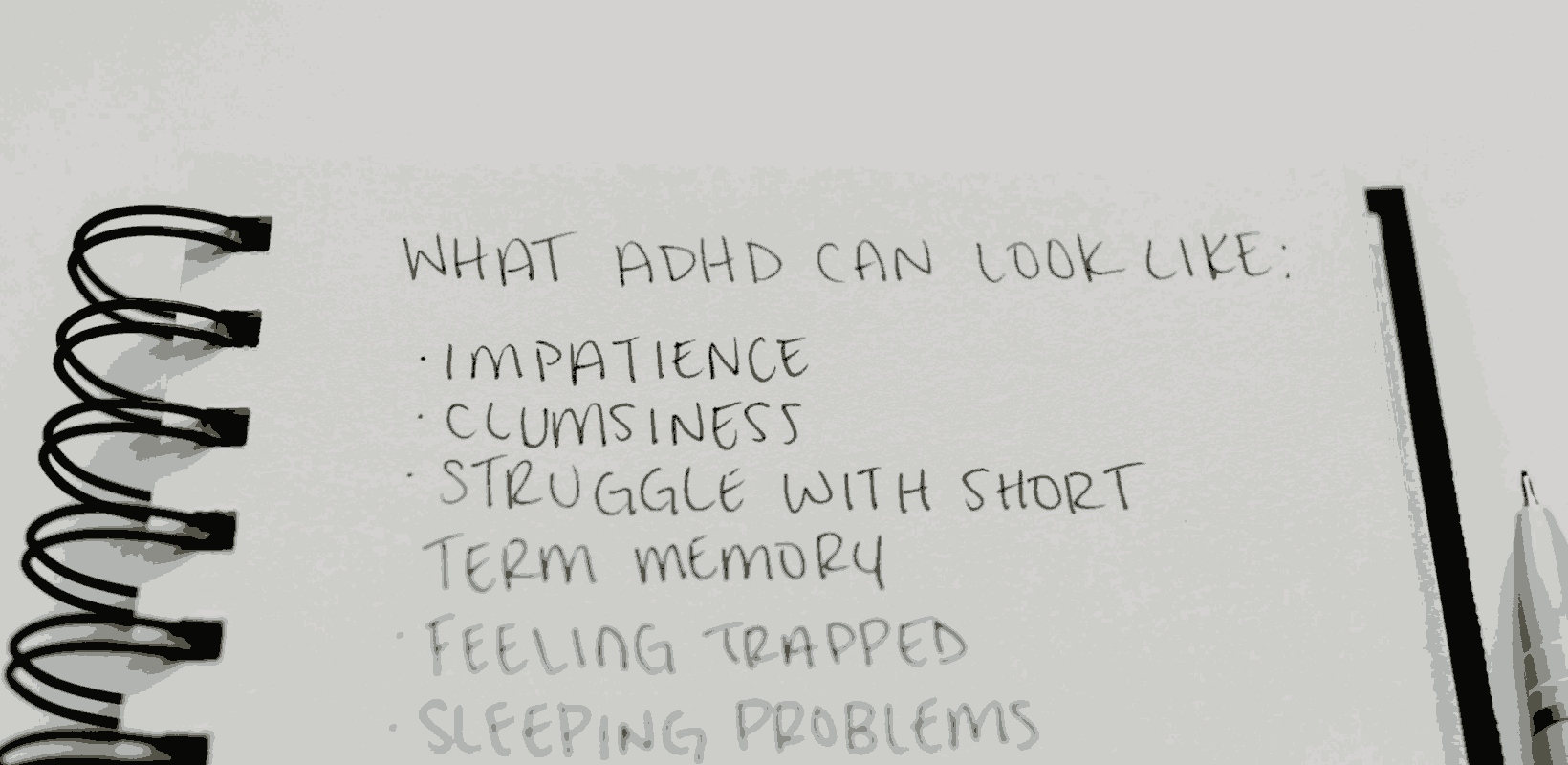Human resources play a crucial role in any organisation’s success, so it’s essential for HR teams to have a well-defined HR strategy that aligns with the organisation’s goals and objectives.
With the rise of the gig economy, the growing role of AI in business and changing demands of the workforce, the future of work looks vastly different. HR professionals need to continue to evolve and adapt HR strategies to ensure the success and competitiveness of their company.
A strong HR strategy helps organisations attract, retain, and develop their workforce, ensuring that the right people are in the right roles at the right time. But before HR professionals can create one, they need to have a thorough understanding of their company’s needs, culture, and future direction.
In this article, we will discuss the key steps involved in developing a comprehensive human resource strategy that can help organisations achieve their business objectives while fostering a positive work environment. We’ll explore the importance of analysing the current state of the company, identifying future workforce needs, and thinking of HR strategy as a continuous process.
Table of Contents
- What is the Purpose of Human Resource Planning?
- Human Resource Planning Process Free Download
- HR Planning Process Step-by-Step
- 3. Set Clear Team Responsibilities
- 4. Workforce Planning: Identifying Open Positions
- 5. Define your HR Policy
- 6. Build your HR Strategic Plan
- Strategic Human Resource Planning with Factorial
What is the Purpose of Human Resource Planning?
The purpose of human resource planning is to analyse and evaluate all the elements related to the human resources policy of the company. It involves forecasting and identifying the human resource needs of your company in terms of quantity, quality, and timing, and taking actions to meet those needs.
This includes everything from staff dynamics, organisational structure and working conditions to the hiring process and onboarding of new employees.
Strategic human resource planning is key to:
- Ensuring effective utilisation of human resources. Human resource planning enables organisations to identify the right people with the right skills, knowledge, and abilities to meet their goals. It ensures that the workforce is utilised effectively, and the organisation has the right number of employees with the right skills to achieve its objectives.
- Facilitating growth and development. By identifying skills and knowledge gaps, HR professionals can develop an HR strategy that targets these areas. This ensures that the organisation’s workforce is well-equipped to meet the challenges of the future and supports its growth and development.

- Reducing costs. Human resource planning helps to identify ineffective processes within recruitment, training, development, and more so that companies can streamline and avoid unnecessary costs.
- Enhancing employee engagement and retention. Human resource planning helps organisations to identify and address the needs and expectations of their employees. This enhances employee engagement and retention, as employees feel valued and supported.
- Improving organisational performance. Strategic human resources planning leads to a well-equipped and engaged workforce, which in turn enhances organisational performance. This helps organisations to achieve their goals, increase their productivity, and maintain a competitive edge.
Human Resource Planning Process Free Download
As there are so many aspects of human resource management, it’s important to first understand the company environment within which you work, as this will greatly affect the HR plan you create. HR managers must evaluate the current workforce and company goals before creating an impactful HR plan of action.
An HR audit checklist is a tool that can support you to do just that. An HR audit can actually save your company resources, create a certain level of trust, and help prevent unwanted risks and accidents.
This free HR audit checklist focuses on:
- Recruitment & onboarding.
- Training and professional development.
- Employee benefits and wellbeing.
- Culture, diversity and inclusion.
- Law compliance and data protection.
HR Planning Process Step-by-Step
The human resource planning process is made of up the following steps.
1. Evaluate the Company Environment
An HR strategy can be shaped using answers to the following questions.
1. What can we improve on from last year?
Success is simply the result of many failures and tried attempts, all put together. Identifying past struggles and using them as fuel to propel you forward is what leads to success and improvement.
2. What challenges have we faced this year so far?
When you analyse the implications the pandemic has caused, maybe it’s time to take advantage of these changes, rather than let them take advantage of you. Analysing these challenges is fundamental for preparing your team for what’s ahead. Also, knowing which changes, events and activities are taking place in the coming months, and how they will likely influence your team, allows you to better manage what lies ahead.
3. What elements within the company require more attention?
Constant evaluation of the state of the company and its staff is crucial to coming up with solutions to improve. With Factorial Pro, for example, you can create human resources reports that display a graphical vision of the company, outlining the required areas of improvement. If used correctly, these charts can also allow you to make visual conclusions about things such as the turnover rate or employee motivation.

2. Define Your Human Resource Planning Goals and Objectives
Setting objectives for your HR strategy and checking in on progress towards these regularly will help measure the reach and success of your HR planning. These can be divided into two categories:
- Explicit Objectives: Focus on attracting and retaining talent, employee motivation and improving employee engagement. To set explicit objectives in your annual HR strategy you have to consider the experience of current employees, the onboarding process, career plans, etc.
- Implicit Objectives: Follow the company’s philosophy and help form the company culture. They show the power of the HR department and how it can help improve productivity. In addition, these objectives focus on the work environment and quality of life for current employees while maintaining employment law regulations.
3. Set Clear Team Responsibilities
Once the objectives of your HR strategy are clear, it’s time to divide responsibilities across your team. Human resource planning should be split amongst all the HR professionals you have amongst your current employees! Play to each person’s strengths.
The first step in the creation of any human resource strategy is to assign a person who will be in charge of creating and implementing it. For smaller companies, this person will probably be the CEO. In slightly larger businesses, the person responsible is normally the same one who handles all of the human resource management tasks. Medium-sized companies will look to their HR team; with every member delegated to a specific task, each corresponding with a goal.
Organisational charts are a great way to visually see who is responsible for what, and who reports to who in the company. Using this type of chart is incredibly helpful for your workforce planning. They display:
- The structural hierarchy of the company: Directors, managers, intermediate profiles, employees, etc.
- The departments within the company: Marketing, sales, product, human resources, etc.
- Positions to fill: If there are any gaps in the company structure, the organisational chart will make them clear.
4. Workforce Planning: Identifying Open Positions
If you want your strategic HR plan to be a success and to meet your business goals, you’ll need to build the right team. Thanks to the organisational chart you can clearly identify staffing needs, i.e. see how many new employees you need and for which positions. This is a key part of the talent management cycle.
In your HR strategy you will define:
- Which positions are open. Write a detailed description of all the positions to be filled, including the corresponding department, responsibilities, functions, where they fit in the hierarchy and their workload.
- The ideal profile. You’ll have to specify the profile of candidate you are interested in hiring in line with the future needs of the company. Clearly outline the level of education you are looking for, the experience level and the skills required. Based on this, you can decide whether to recruit from within the company if you have qualified employees within your teams. This is where employee development, career paths and succession planning come in.

5. Define your HR Policy
Your updated human resources policy must meet the standards and demands of the general HR and strategic plan. The policy will also include guides for the HR department, including:
Hiring Guide
The main purpose of the hiring guide is to assist the HR manager in hiring and onboarding. This guide serves to outline the roles and responsibilities of the employees you are looking to hire. It should contain information on the types of contracts for each position as well. Also, including an HR annual training plan template in your hiring guide is beneficial.
Note: As an HR manager, you will need to decide whether the hiring process will be outsourced or handled within the company. If hiring is done from inside the company, a strategic onboarding process must be established to ensure effective recruitment and retention.
Compensation Guide
With every new contract you plan on offering, you need to state the details. For example, the salary amount, benefits, and economic bonuses. Make sure that what is offered in your compensation guide is in line with your overall Human Resources budget.
Workplace Satisfaction Guide Personal
Taking care of new hires is important, but don’t forget about your current employees. Long term employees need to feel continually valued and supported as well. In your HR plan, you should invest part of your budget for the personal and professional development of each employee in the team.
This is integral for employee retention and will give you a competitive advantage against other employers. Providing employees with the right personal development tools for success and investing in employee wellbeing creates greater workplace satisfaction and elevates your corporate culture.
Employees that feel supported display greater motivation for achieving their own goals and career aspirations.
Company Guide
Inside the HR policy, you should think about including a practical guide from the company. Contained in this guide, would be the company vision and mission, proper conduct guides and conflict resolution codes.
6. Build your HR Strategic Plan
Creating comprehensive HR strategies take a great deal of time, but now you’ve laid the groundwork you’re better prepared to to build a strong plan.
Unfortunately, a high percentage of small and medium-sized businesses simply don’t have the personnel to create one. If you have the resource, they’ll well worth doing; they are the more effective way to understand your future human resource requirements.
Strategic Human Resource Planning with Factorial
A solid HR plan is fundamental to achieving company goals. If you don’t have the correct tools to do the job, you’ll end up exhausting yourself creating a plan that will miss the mark in the end.
By digitising your HR processes with Factorial’s all-in-one solution, you can create your human resources plan with ease. There’s a reason the HR software market is expected to rise as high as rise as high as $30 billion by 2025!
Through our centralised platform, you can build your organisational chart in a few clicks to gain visibility over your workforce structure and support your succession planning. This makes it easier to decide which departments need more assistance or restructuring.
You can also access HR reports and key performance indicators from the same place. Our analytics tool uses real-time data from your workforce, empowering your managers to analyse the state of your company, identify training needs and to base your HR strategy on data-driven decisions.
Factorial’s performance management can support this process as well. Managers can carry out a skills gap analysis and identify skilled employees using our 9 box grid tool, streamlining succession planning and helping to preempt the future needs of your company.
✅ Simplify your HR processes with Factorial [Try it free for 14 days]!











